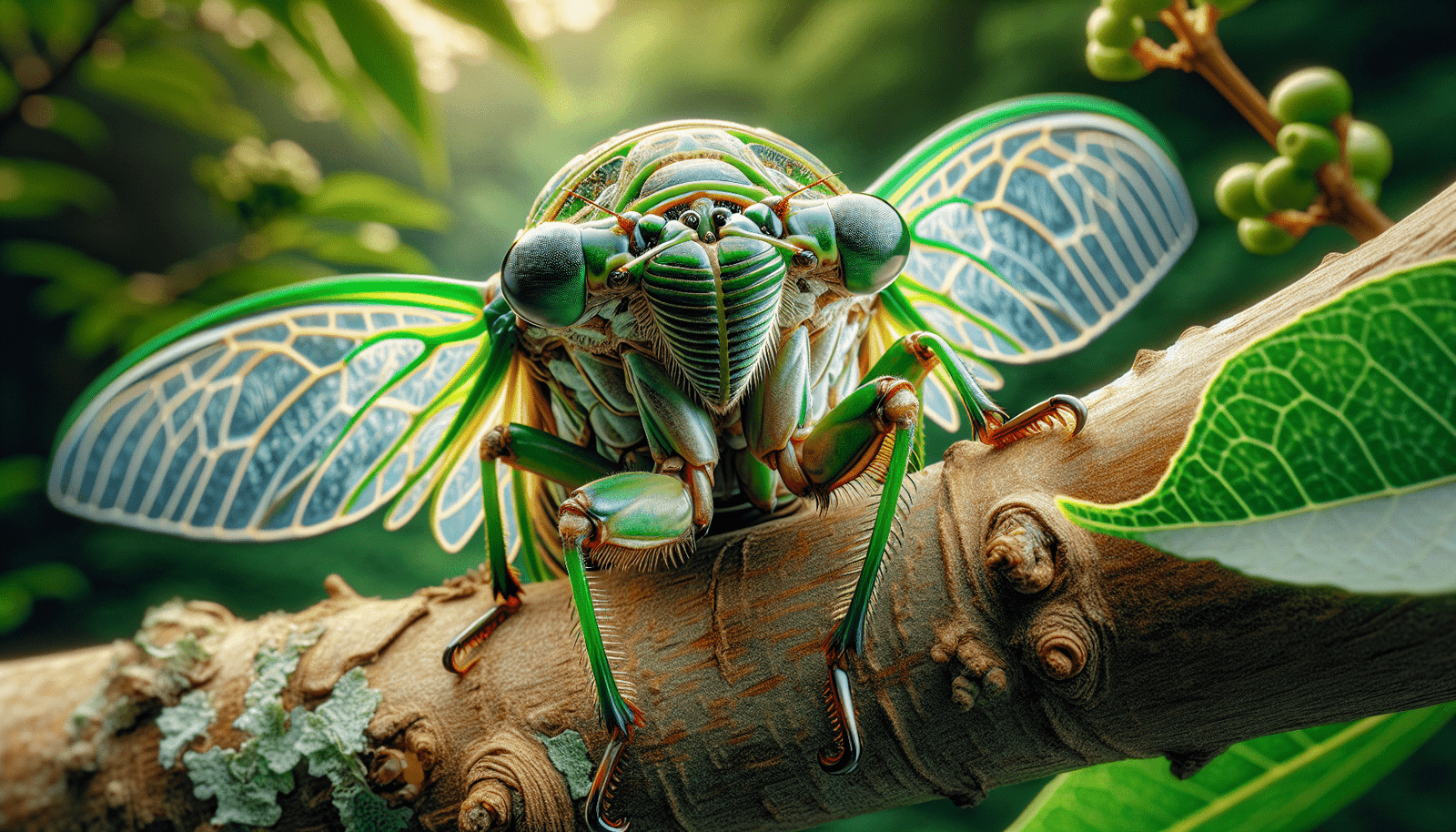Welcome to the fascinating world of keeping cicadas as pets! In this informational post meant to educate, we will explore the possibility of having cicadas as companions in your home. From their unique life cycle to their intriguing sounds, you will learn more about these captivating creatures and whether or not they can be part of your household. Let’s dive in and discover the joys of having cicadas as pets!
Cicadas As Pets: Can You Keep Cicadas At Home?
Have you ever wondered if it’s possible to keep cicadas as pets? These fascinating insects are known for their loud buzzing sound, which can be heard during the warm summer months. In this article, we will explore the world of cicadas and discuss whether or not they can be kept as pets in your home. Let’s dive in!
What Are Cicadas?
Cicadas are insects that belong to the order Hemiptera and the suborder Auchenorrhyncha. They are known for their large eyes, transparent wings, and the loud buzzing sound they produce. Cicadas spend most of their lives underground as nymphs, feeding on the sap of plant roots. They emerge from the ground as adults to mate and lay eggs before dying shortly after.
Cicadas are often associated with summertime due to the deafening chorus they create in trees and bushes. These insects are most commonly found in temperate regions around the world and play an essential role in the ecosystem as pollinators and food sources for other animals.
Can You Keep Cicadas as Pets?
While it may be tempting to keep cicadas as pets due to their unique appearance and behavior, it is not recommended to do so for several reasons. First and foremost, cicadas have specific dietary requirements that can be challenging to meet in a captive environment. These insects feed on plant sap and do not typically consume other types of food.
Additionally, cicadas have a relatively short lifespan, with adults living for only a few weeks to a few months at most. This short lifespan makes it difficult to provide long-term care for these insects as pets. Cicadas also require a specific temperature and humidity level to thrive, which can be challenging to maintain indoors.
In conclusion, while it may be possible to keep cicadas as pets in theory, it is not practical or advisable to do so in reality. These insects are best appreciated in their natural habitat, where they can contribute to the local ecosystem and fulfill their essential role in the environment.
The Lifecycle of Cicadas
To better understand why cicadas may not make suitable pets, let’s take a closer look at their lifecycle. Cicadas have a unique and fascinating life cycle that consists of several stages, including egg, nymph, and adult. Understanding this lifecycle can provide insight into why these insects may not thrive in a captive environment.
-
Egg Stage: Female cicadas lay their eggs in the bark of trees or shrubs using a sharp ovipositor. These eggs hatch into nymphs, which fall to the ground and burrow into the soil to feed on plant roots.
-
Nymph Stage: The nymph stage of the cicada lifecycle can last anywhere from two to 17 years, depending on the species. During this time, the nymphs feed on plant sap and undergo several molts before emerging from the ground as adults.
-
Adult Stage: Adult cicadas are known for their loud buzzing sound, which is produced by specialized structures called tymbals. Male cicadas use this sound to attract females for mating. After mating, females lay their eggs, and the cycle repeats.
Given the complex lifecycle of cicadas and their specific needs at each stage, it becomes clear why these insects may not be suitable for captivity as pets. Providing the right conditions for each stage of their lifecycle can be challenging and may not be practical for the average pet owner.
Do Cicadas Make Good Pets?
While cicadas may not make good pets, they play a crucial role in the environment and ecosystem. As pollinators, cicadas help to ensure the health and diversity of plant species by transferring pollen from one flower to another. Additionally, cicadas are an essential food source for other animals, including birds, reptiles, and mammals.
By allowing cicadas to thrive in their natural habitat, we can help support a healthy ecosystem and preserve biodiversity. While it may be tempting to keep these fascinating insects as pets, it is essential to respect their role in the environment and allow them to fulfill their natural function.
Conclusion
In conclusion, while it may be intriguing to consider keeping cicadas as pets, it is not recommended to do so for several reasons. These insects have specific dietary and environmental requirements that can be challenging to meet in captivity. Additionally, cicadas have a short lifespan and undergo a unique and complex lifecycle that may not be practical for pet owners to support.
Instead of keeping cicadas as pets, it is best to appreciate these insects in their natural habitat, where they can contribute to the ecosystem and fulfill their essential role in the environment. By understanding the lifecycle of cicadas and their significance in the ecosystem, we can better appreciate and protect these fascinating insects for future generations to enjoy.
